All articles
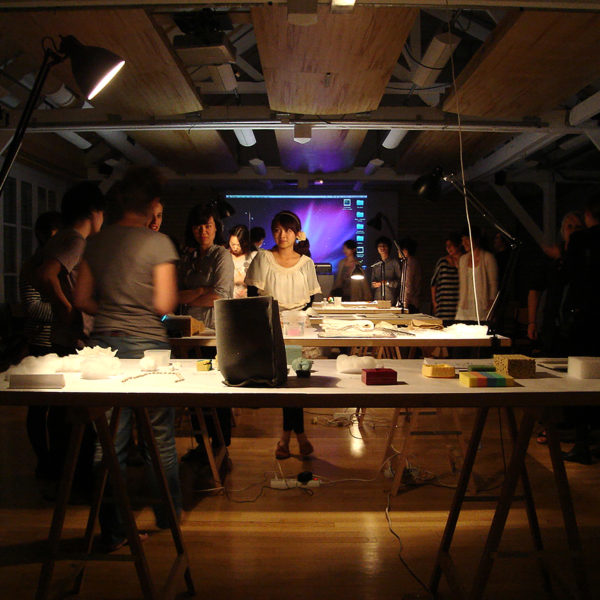
Toward New Design Education and Research
The current Department of Design, Chiba University is arranged as one of the courses in the integrated Department pf Engineering within the Faculty of Engineering. At the graduate school, it is positioned as one of the courses of the Graduate School of Science and Engineering, Division of Creative Engineering. The educational system is the same as before, with students receiving education in each course and involved in research such as graduate studies, master’s theses, and doctoral dissertations. However, the faculty members are organized separately from the students’ educational courses and belong to a single course called the Department of Integrated Engineering in the Graduate School of Engineering. Our goal is […]
Read More2021.7.2
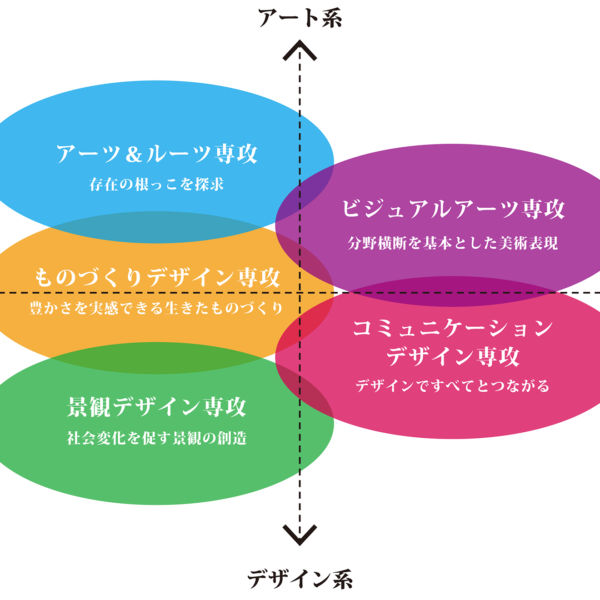
Responding to an Ever-Changing Society
Akita University of Art was established as an arts and crafts school by Akita City in 1952, and has since grown from a vocational school to a junior college, before becoming a four-year university in 2013. This year marks the eighth anniversary of the opening of the University, which has a long history of about 70 years, and has innovated its educational system in accordance with each era. With the advent of the information society, society’s structure continues to change at an accelerated pace, through activities that transcend various fields and domains. In order to break free from the stereotypes and ties of the past and adapt to the openness […]
Read More2021.7.2

Campus Life Creation Month for New Coronavirus Response
The Faculty of Design, Sapporo City University has set up a new coronavirus-response campus life creation month (June 29 – July 31) so that students can safely spend time on campus for face-to-face classes, which have partially resumed in the latter half of the first semester. When students resumed school, the School of Design announced a strict principle: “No private conversations! Although it was not mandatory, it was a message from the Faculty of Design to encourage students to be very careful in their resumed university life. On the other hand, we also want student to enjoy this kind of life as creators, so we decided to hold a design […]
Read More2021.7.2
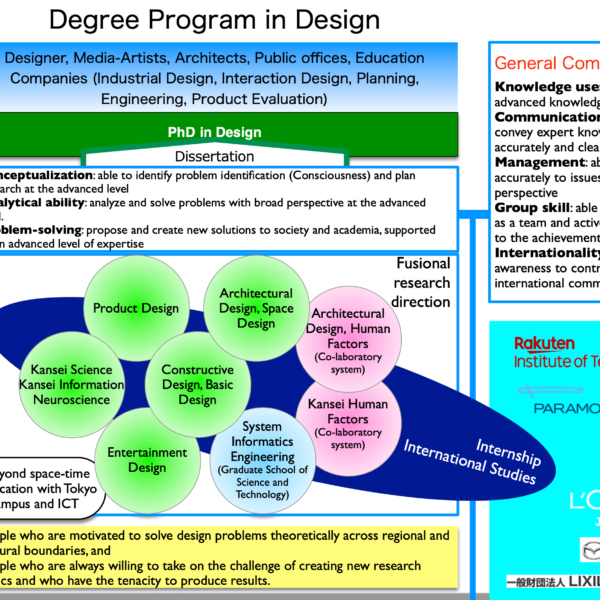
The University of Tsukuba Arts Organization started its activities in 1975, one and a half years after the founding of the University of Tsukuba. From the beginning, the educational and faculty organizations have been separated. The undergraduate art specialization programs and the department of arts were the first to be organized. The graduate school had an independent Master of Arts program and a five-year integrated doctoral of arts program. The system was such that students from the specialized school group had to choose either the master or the doctoral program. With design studies in graduate school during generalization in 1991, we can offer research and education in design at the […]
Read More2021.7.2

Approaches to Distance Learning in Product Design
At Chiba University, the start of classes was delayed to May 7 as a university-wide policy to prevent the spread of the new coronavirus. In addition, because some students may not have sufficient communication and computer environments, the university has instructed that classes not to be held in a simultaneous interactive format but held in an on-demand format, with audio and video materials uploaded in advance to the university’s class support system for students to view at their convenience. In response, the faculty members in charge, including part-time lecturers, had a discussion and concluded that while we should not abandon students who are not ready for the environment, we should […]
Read More2021.7.2

Fusion of Various Design Areas and Advanced Engineering Areas
Our department/academic area is unique in the world as a design course within the faculty and the graduate school of science and engineering and a department where a wide range of product and media design fields coexist. The faculty’s most distinctive feature is that it provides comprehensive education and research on various systems that aim to be realized in the next generation and near future by taking a mathematical and systems engineering approach and a design engineering approach that emphasizes human sensitivity. In this department, we aim to develop unique human resources by making the most of the department’s characteristics and distinguishing ourselves from design departments in other universities such […]
Read More2021.7.2

The Challenge of Covid-19 in the Department of Industrial Art
Due to the impact of Covid-19, which started in the latter half of February 2020, the seminars for each laboratory were the first to carry out online in a timely manner. At the Department of Industrial Arts (IA), faculty members and current students were already communicating with each other using iawiki (a wiki-style departmental information aggregation website, hereafter “wiki”) and Slack. Therefore, we decided to promote information sharing by thoroughly utilizing wiki and Slack at Corona College. On the other hand, to communicate information to new students, we prepared and mailed a separate form for students to register for the wiki and Slack. As a result, most new students could […]
Read More2021.7.2
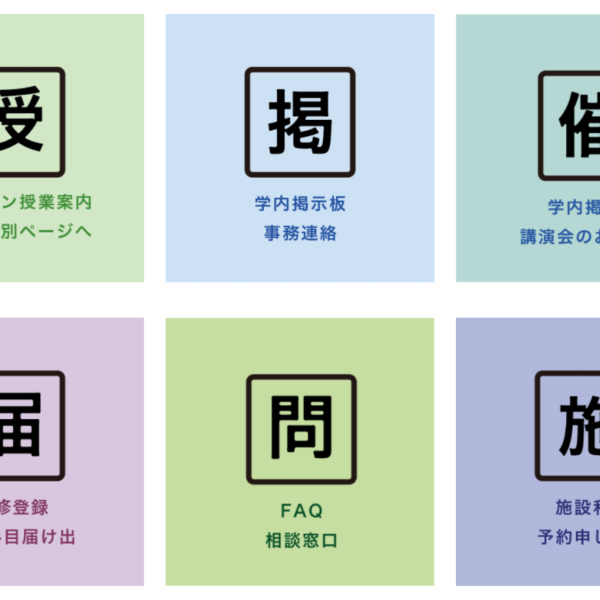
Kanazawa College of Art's "Coronavirus and New Lifestyle and Design" Initiatives
Introduction of Distance Learning Kanazawa College of Art has been promoting education under the motto “Think with Hands, Make with heart” in its educational guidelines, and has been placing great importance on small-group, face-to-face education. Although our university has kept a distance from distance education, the spread of COVID-19 has forced us to take a major step toward the introduction of online classes. Here I would like to mainly summarize the development of our distance learning system and the results of our preparations for the new semester, which supposed to start in early April 2020 and was pushed back to May 11, 2020, and a review of our current situation. […]
Read More2021.7.2

The Succession and Development of Art and Craft and the Promotion of Local Culture and Industry
Kanazawa College of Art was founded in 1946, amidst post-war confusion and desperation. It has inherited and developed arts and crafts with the enthusiasm of Kanazawa citizens who loved learning, loved traditions, and sought to contribute to the peace of humankind and aims to promote local culture and industry. In 1955, it was approved as a four-year university to engage in unique education and academic research in the field of arts, crafts, and design. Since then, the university has produced many living national treasures and first-line creators and has supported the development of culture and the arts at home and abroad. In 2023, the university will be moving to a […]
Read More2021.7.2
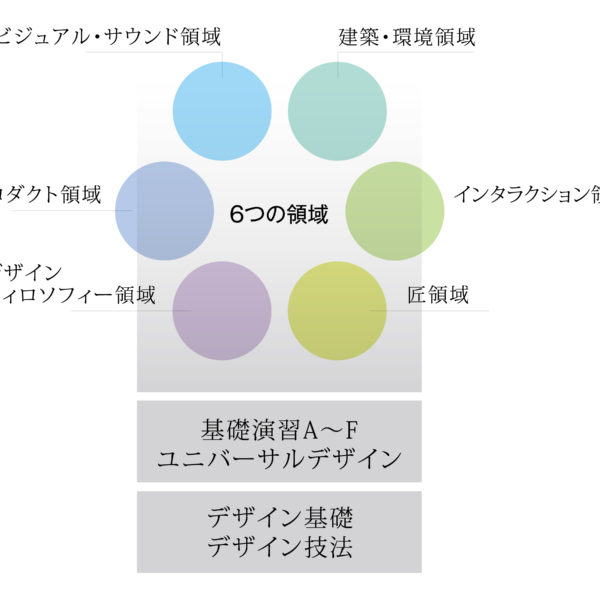
Acquire the Ability to Design for the Modern World
Shizuoka University of Art and Culture is a public university consisting of two faculties and two graduate schools: The Faculty of Cultural Policy and Management and the Faculty of Design, and the Graduate School of Cultural Policy and Management and the Graduate School of Design. It was opened in 2000 as a private university with “Public-Private System” in collaboration with the local industry. At the time of its opening, the university consisted of three departments in the School of Cultural Policy and three departments in the School of Design, to develop human resources who can respond to the demands of the times and being open to the region, the world, […]
Read More2021.7.2
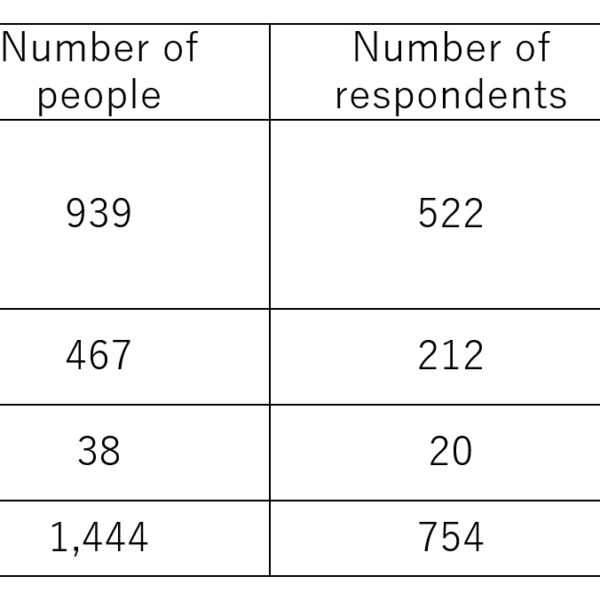
Effectiveness of the System in Distance Learning On April 17, 2020, the university announced a policy that all first semester classes will be conducted entirely by remote learning from May 11 to August 7, 2020. To make full use of the university’s information facilities, it was recommended that, as a rule, all faculties use the “manaba” learning support system for on-demand classes, and “PowerPoint” files with narration be used for viewing. However, seminar classes and other classes were also allowed in real-time interactive classes. When conducting real-time classes, the use of Microsoft Teams is recommended because all students can use “Office365”. The university, which has about 1,450 students, had only […]
Read More2021.7.2
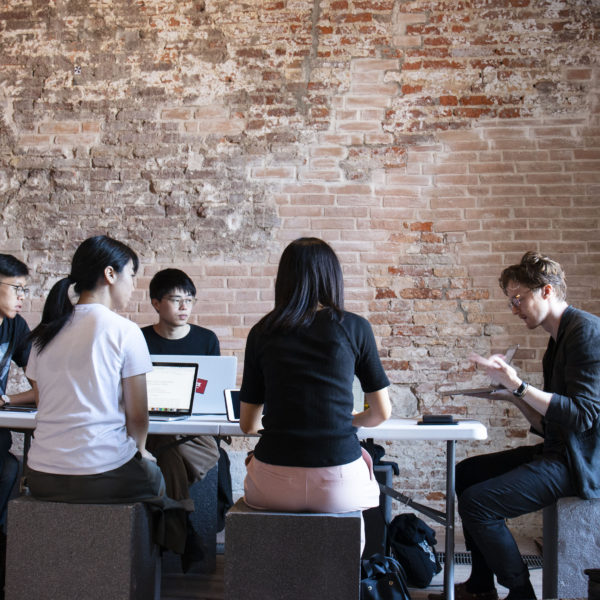
Social Interaction Design in Practice
The problems faced by modern society are characterized by a complexity that cannot be solved by a single technology or thinking approach. Today’s society requires “design thinking” to seek the real structure underlying problem phenomena and to propose new solutions by editing various technologies. The Design Program at Kyoto Institute of Technology defines the new role and function of design as social interaction design. It aims to nurture human resources who can create not only products but also new services and implement them in society. Future designers who practice social interaction design will be required to have the ability to 1) create new value, 2) collaborate across different disciplines, and […]
Read More2021.7.2
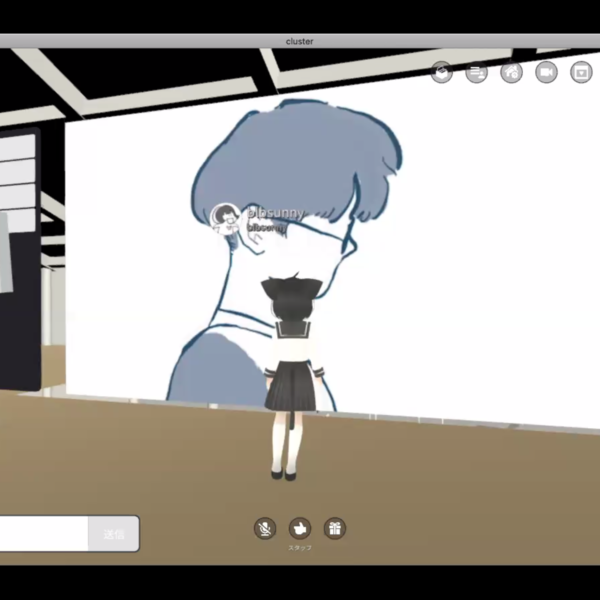
Many projects that were initially planned at the KYOTO Design Lab of Kyoto Institute of Technology were canceled or postponed due to the coronavirus. As part of its efforts to develop new ways of collaboration through remote workshops and lectures, an online workshop project, “(Re)generating Japan – speculating a new “new normal” after COVID-19” (https://www.d-lab.kit.ac.jp/news/2020/regenerating-japan/) was conducted. This project is an experiment in which the university, as a testing ground for society, seeks new models of education and practice, and new areas of activity. Using the “new lifestyle” proposed by the Ministry of Health, Labor and Welfare as a starting point, we invited participants of all nationalities and fields of […]
Read More2021.7.2
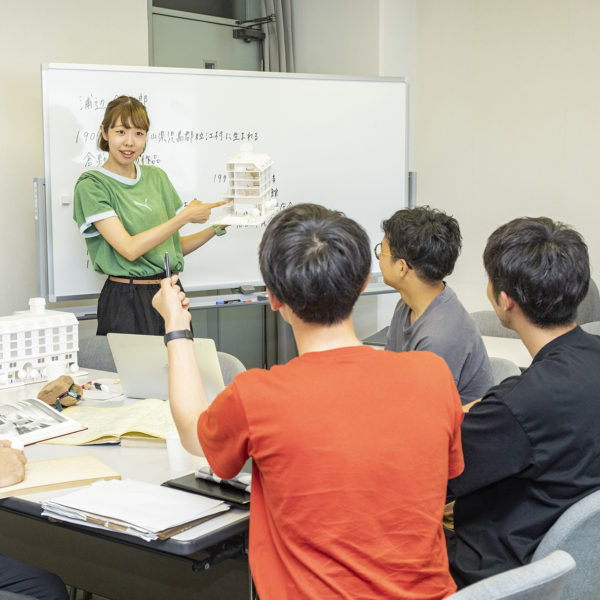
Creating an Enriching Life and New Cultural Values
The Faculty of Design at Okayama Prefectural University was established as the first faculty in Japan to bear the name of design. It has produced many designers, professionals, and researchers through its specialized education and research in design. Based on these achievements, the Faculty of Design, as the embodiment of practical learning, aims to nurture human resources who can contribute to the region and the world, with the design and management skills necessary to create an enriching life and a new culture in a changing society. The Faculty of Design has undergone two departmental reorganizations. From the academic year 2021, we will be offering new design education in three departments: […]
Read More2021.7.2
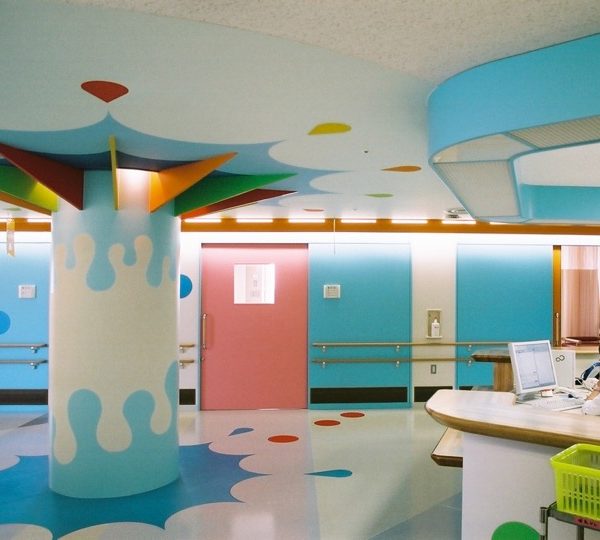
Nagoya City University School of Design and Architecture and Graduate School of Design and Architecture are based on architecture in the broad sense, that is design and concept as the pillars of research and education, and a place that integrates various disciplines to build empathy for people and society and hope for the future. Nagoya City University is a comprehensive university with seven faculties and seven graduate schools: Medical, Pharmaceutical Sciences, Economics, Humanities and Social Sciences, Design and Architecture, Nursing, and Biology and Integrated Life Science (Graduate School of Natural Sciences). The Faculty of Design and Architecture was established in 1996. It provides design education rooted in a broad range […]
Read More2021.7.2
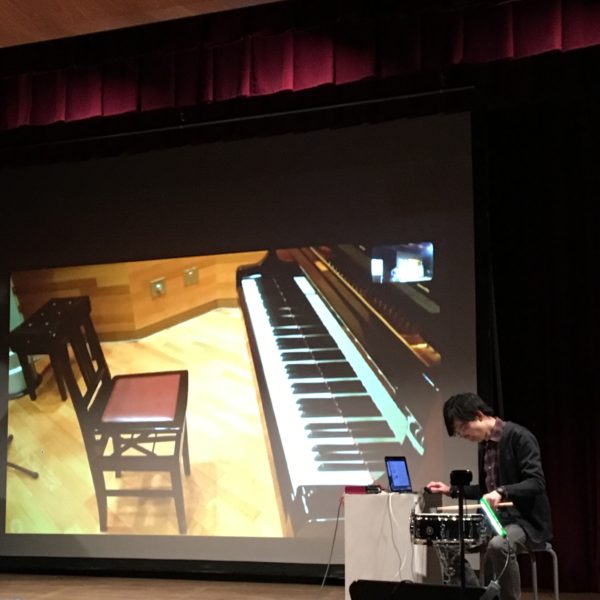
Hybrid Lessons Combining Face-to-Face and Remote Lessons
Nagoya City University Faculty of Design and Architecture has created a hybrid system of face-to-face and remote classes for the first semester of the 2020 academic year, with three different teaching patterns. In the first pattern, one class is divided into two classrooms, with a teacher giving a lecture in one of the classrooms and the lesson being streamed simultaneously via ZOOM in the other classroom through projection and loudspeaker. In the classroom without a teacher, a teaching assistant will check the communication status. In the second pattern, half of the students in a class take a face-to-face lesson in the classroom, and the other half take a “Zoom” class […]
Read More2021.7.2
